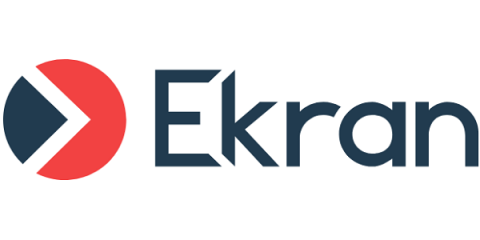Secure Socket Shell (SSH) Key Management: Risks, Benefits, and 6 Security Best Practices
Protecting your sensitive data and other critical assets requires establishing secure access to them in the first place. Lots of organizations do this by protecting their remote servers and corporate systems with SSH keys. However, even SSH keys can be compromised and abused by malicious actors. In this article, we talk about SSH keys and their role in secure authentication processes as well as about the benefits of effective SSH key management.




